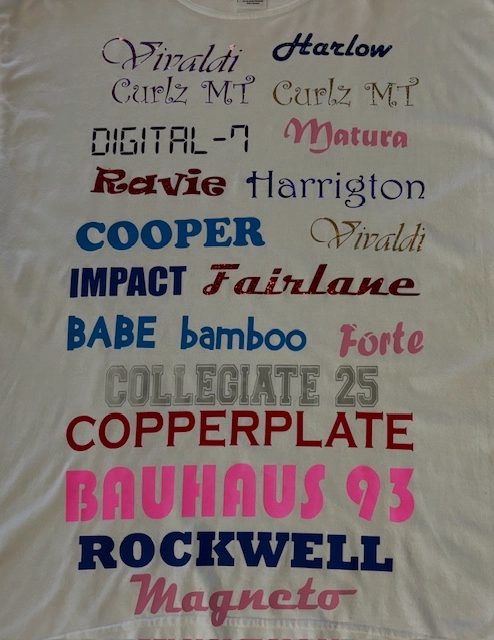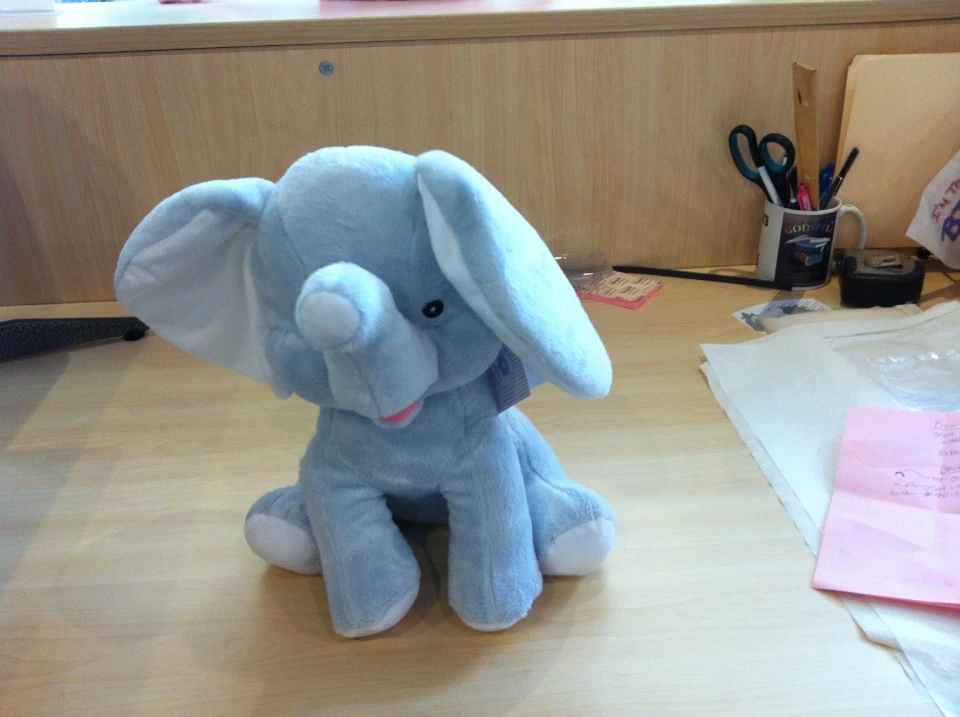The Art of Custom Embroidery: Opening the Keys to Creating Unique and Unforgettable Layouts
The secrets to producing personalized embroidery styles that mesmerize the eye and leave a long-term impression lie in a fragile balance of technique, imagination, and interest to detail. As we delve right into the world of personalized needlework, we reveal the nuanced interplay between string option, stitch complexity, and style customization that boosts a mere garment to a job of art.
Selecting the Right Embroidery Threads
When picking embroidery threads, what essential variables should you consider to guarantee the very best results for your custom styles? The choice of embroidery thread is essential in identifying the last result of your stitched layout. One of the primary factors to consider is the material of the thread. Different products such as cotton, polyester, rayon, and silk use differing degrees of sheen, resilience, and texture. It is vital to pick a thread product that matches the material you are stitching on and lines up with the desired appearance of the layout.
Furthermore, the weight or density of the thread plays a substantial role in the look of the embroidery. Thicker threads can add dimension and structure to your design, while finer strings are perfect for detailed details and small text. In addition, thinking about the shade fastness and washability of the string is essential to ensure that your custom styles keep their top quality and vibrancy with time. By very carefully evaluating these variables and picking high-grade strings that fulfill your certain demands, you can improve the visual appeal and durability of your embroidered developments.
Checking Out Various Stitch Methods
To look into the world of 'Exploring Different Stitch Techniques', one should comprehend the details and subtleties that each stitching method brings to the art of embroidery. Different stitch methods not just include aesthetic passion yet likewise add to the total appearance and dimension of the style. One prominent stitch strategy is the satin stitch, which involves very closely jam-packed parallel stitches to produce a smooth and shiny surface, suitable for completing shapes and creating bold lays out.
On the various other hand, the backstitch is a flexible technique usually used for laying out and adding great details. It entails sewing backward to produce a strong line of embroidery. In addition, the French knot stitch includes a responsive aspect to styles, ideal for creating distinctive accents like blossom facilities or decorative touches.
Discovering various stitch strategies permits embroiderers to have fun with light, darkness, and depth within their designs, boosting the aesthetic allure and artistic high quality of their needlework jobs. By understanding numerous sewing techniques, one can open limitless possibilities for producing unique and remarkable custom-made embroidery pieces.
Incorporating Personalized Style Components
Having explored the complexities of different stitch strategies such as the satin stitch, backstitch, and French knot, the focus currently moves in the direction of integrating tailored design components in custom embroidery tasks. Individualized layout elements play a vital duty in making embroidery tasks really special and remarkable. One means to include customization is by including initials, names, or significant days to the design. This not only adds a tailored touch but likewise enhances the emotional value of the embroidery item.
Another means to integrate individualized style aspects is by including symbols or motifs that hold unique definition to the recipient or mirror their henry poole suit passions and individuality. As an example, incorporating a preferred blossom, pet, or hobby-related icon can make the needlework style much more meaningful and customized. Furthermore, picking colors that reverberate with the recipient or align with the designated theme can better boost the customization of the embroidery project.
Mastering the Art of Shade Control

One key aspect of shade control is recognizing shade concept. This consists of recognizing just how various shades interact with each other, the emotions they convey, and how they can be combined to create visually appealing styles. By applying shade concept concepts, embroiderers can develop unified shade combinations that improve the general look of the layout.
In addition, focusing on comparison is critical in shade coordination. Making use of contrasting shades can aid particular components of the style pop, enhance clarity, and create a visually vibrant needlework item. By understanding the art of color coordination, embroiderers can raise their layouts and produce unforgettable pieces that reverberate with customers and visitors alike.
Enhancing Appearance With Advanced Embroidery Stitches

French knots, for example, are best for adding little, increased dots to your design, imitating the look of grains or developing a distinctive surface. Bullion knots, on the various other hand, can be used to create twisted, ropelike components that include a luxurious feeling to the needlework. Seed sewing includes tiny, scattered stitches that can fill out areas with a polychromatic appearance, while turkey work produces cosy, dimensional accents evocative animal fur or vegetation. Trying out these advanced embroidery stitches permits you to press the limits of conventional embroidery and develop absolutely special and aesthetically appealing textures in your layouts.
Verdict
Finally, the art of custom needlework involves a mix of selecting the right strings, exploring different stitch techniques, incorporating personalized design aspects, mastering shade sychronisation, and boosting structure with innovative stitches. By understanding and applying these essential components, embroiderers can over here create unique and memorable styles that showcase their creative thinking and ability. Embroidery lovers can open the keys to producing attractive and bespoke items that stand out and leave an enduring impact.